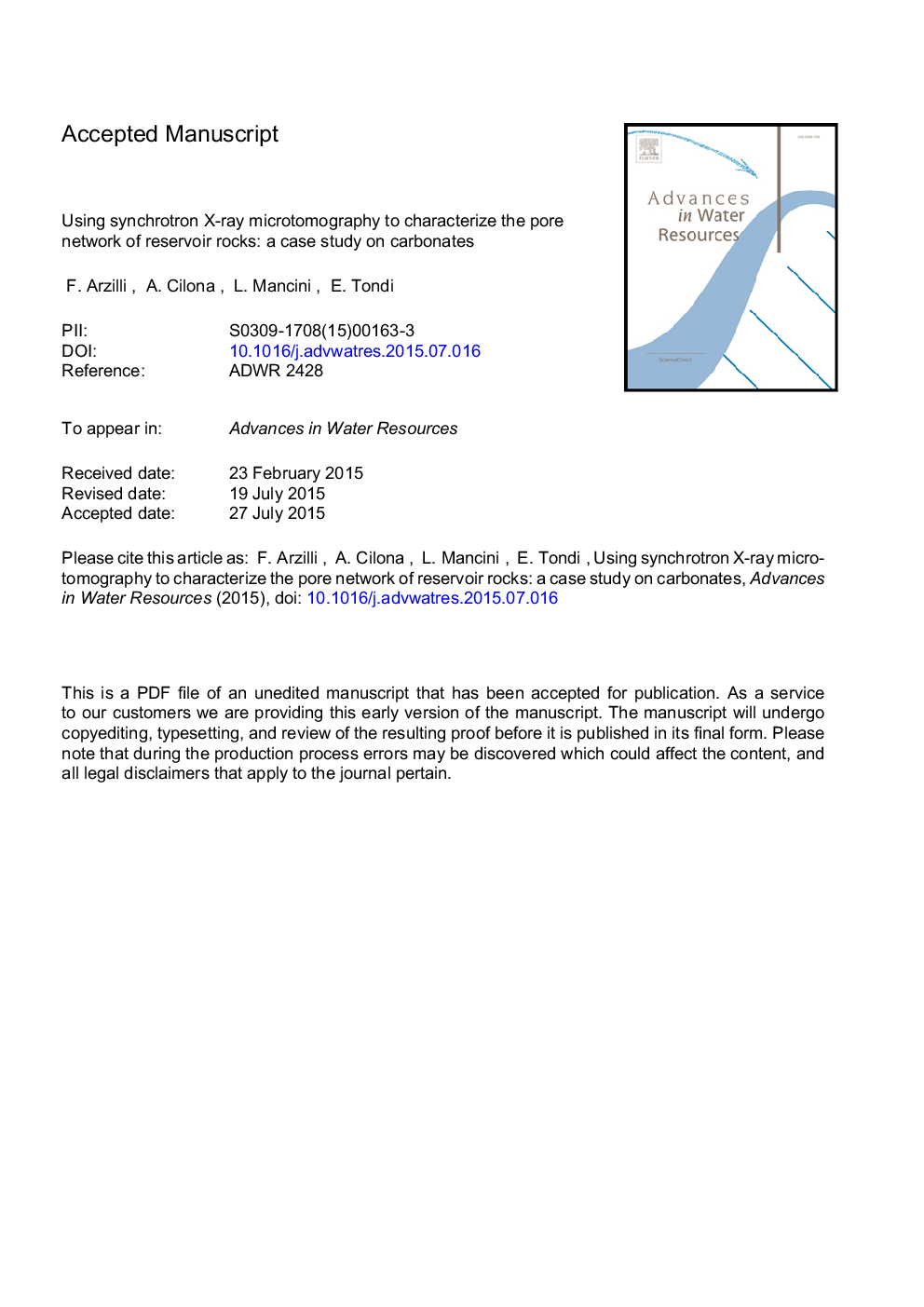| Article ID | Journal | Published Year | Pages | File Type |
|---|---|---|---|---|
| 6380667 | Advances in Water Resources | 2016 | 35 Pages |
Abstract
Data were collected using the synchrotron X-ray microtomography technique and quantitative analyses were carried out using the Pore3D software library. The porosity was calculated from segmented tridimensional images of deformed and pristine rocks. A process of skeletonization of the pore space was used to obtain the number of connected pores within the rock volume. By analyzing the skeletons the differences between natural and laboratory CBs were highlighted. The natural CB has a lower porosity than to the laboratory one. In natural CBs, the grain contacts appear welded, whereas laboratory CBs show irregular pore shape. Moreover, we assessed for the first time how pore connectivity evolves as a function of deformation, documenting the mechanism responsible for pore connectivity drop within the CBs.
Related Topics
Physical Sciences and Engineering
Earth and Planetary Sciences
Earth-Surface Processes
Authors
F. Arzilli, A. Cilona, L. Mancini, E. Tondi,
